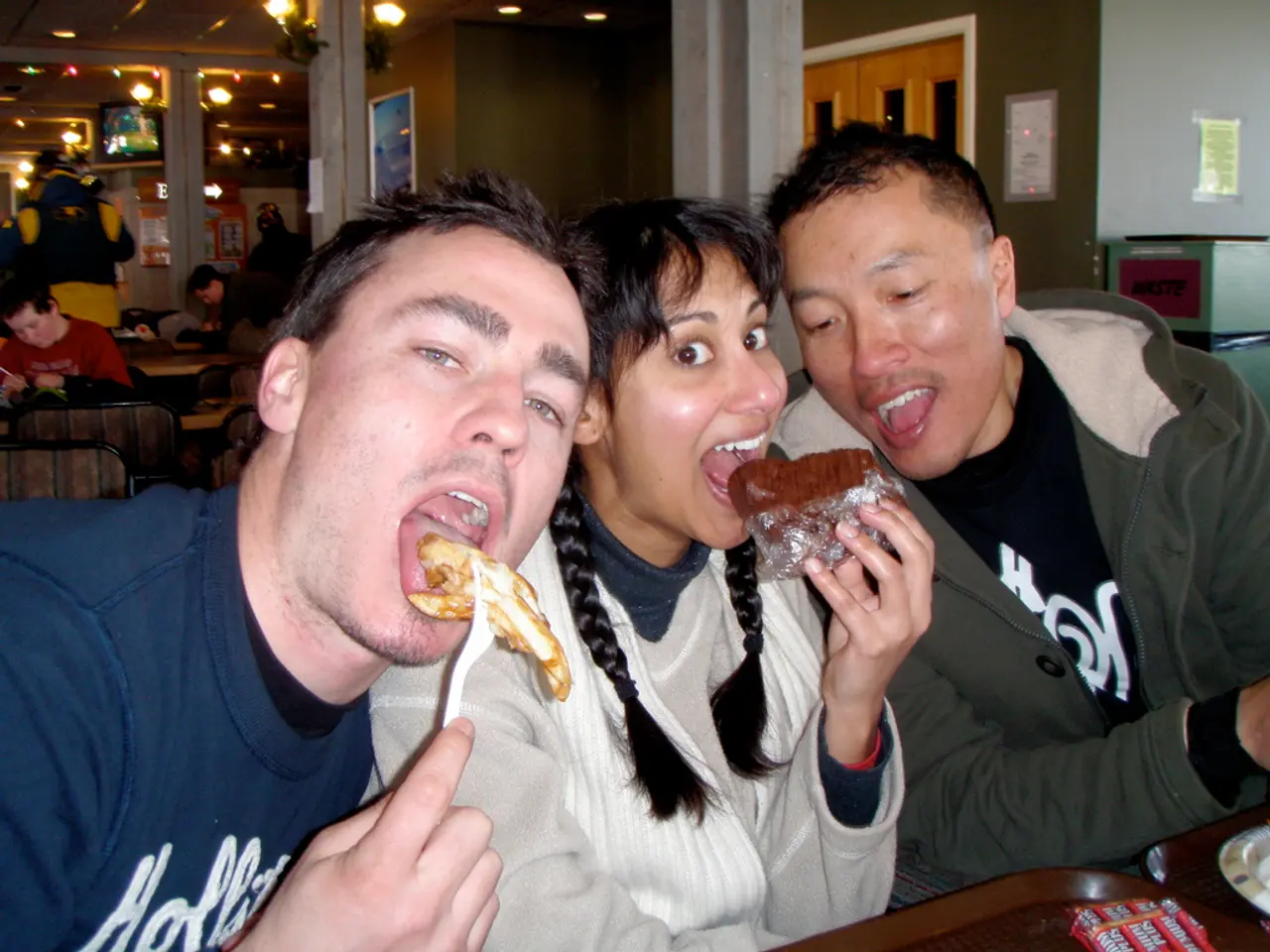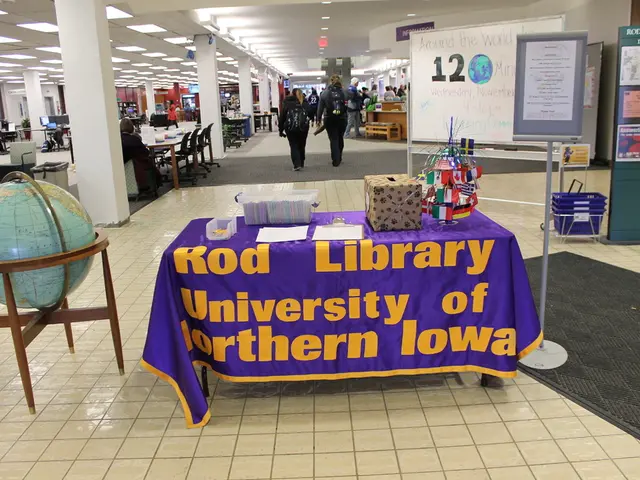Americans' beloved food tradition finds favor with Europeans, as declared by Rick Steves
## Unveiling the Allure of the American Breakfast Experience for European Travelers
The American breakfast tradition, with its lavish and unapologetic indulgence, serves as a striking contrast to the lighter and simpler European breakfast customs, making it an intriguing draw for European tourists.
This contrast is at the heart of the appeal, as the American breakfast ritual offers a visual and culinary spectacle that is both disorienting and exciting for visitors [1]. The sheer abundance and variety on display, from crispy bacon to fluffy pancakes, create a sense of "culture shock" that is more entertaining than off-putting [1]. Rick Steves, an American traveler and TV personality, recalls his European friends being particularly struck by the American saying, "you eat first with your eyes and second with your mouth," highlighting the sensory appeal of the meal [1].
Beyond the food itself, the social aspect of gathering early in the day for a communal meal is less common in many European cultures [1]. In the U.S., breakfast and brunch are often social events, sometimes extending into a leisurely all-day affair at diners where breakfast is served at any hour [2]. For Europeans, this transforms breakfast into a form of edible entertainment and a unique cultural experience.
Many European travelers openly admit to enjoying the indulgence, even if it is not something they would do regularly at home. Anecdotes, like Roberto gaining four kilos in three weeks in New York, illustrate how American breakfasts become a festive, sometimes gluttonous, highlight of their travel experience [1]. Despite joking about the consequences, Europeans often toast "to American breakfasts," acknowledging the fun and novelty of the tradition [1].
The striking contrast between the understated European breakfast and the American "over-the-top" approach makes the latter a memorable part of culinary tourism [1]. It offers a tangible way to experience a different way of life, if only for a meal. The ability to order breakfast at any time of day in American diners further enhances its appeal as a flexible, indulgent experience unavailable back home [2].
| Aspect | American Breakfast | Typical European Breakfast | Why Attractive to Europeans | |-----------------------|-------------------------------|----------------------------------|------------------------------------------| | Portion Size | Large, indulgent | Smaller, lighter | Novelty and sensory spectacle [1] | | Variety | Extensive (eggs, bacon, pancakes, etc.) | Simpler (bread, cheese, coffee) | Excitement of choice and abundance [1] | | Social Ritual | Communal, leisurely, all-day | Often private, quick | Social novelty and sense of occasion [1] | | Availability | Served all day in diners | Limited to morning hours | Flexibility and accessibility [2] | | Perception | Guilty pleasure, festive | Routine, functional | Temporary indulgence, culinary tourism [1]|
## Conclusion
The allure of the American breakfast for European travelers lies in its contrast to their own traditions: it is at once a visual and culinary spectacle, a communal social event, and a temporary, guilt-free indulgence that embodies the spirit of American excess and hospitality [1][2]. It turns a daily routine into a memorable travel experience, making it a beloved ritual for many European visitors.
While Italians typically start their mornings with cappuccino, bread, and jam, or a cornetto, Scandinavian breakfasts often include smoked salmon or herring on rye bread. In Italy, it is not common to see families going out for breakfast, and Germans often eat bread with meat and cheese, rolls with butter or jam, muesli or cereal, or a roll with Nutella. Polish breakfasts consist of cold cuts and sliced cheese to make an open-faced sandwich.
Rick Steves, who first traveled to Europe when he was fresh out of high school, frequently chats about food with locals during his travels. He often recommends that tourists be adventurous eaters while traveling through Europe. Claudia, a Roman tour guide, is charmed by the American tradition of gathering for a big breakfast or brunch. Despite his past reliance on a plastic tube filled with a swirl of peanut butter and strawberry jam for meals during his early travels in Europe, Rick Steves' tastes have changed, and he now eats much better. His European friends, despite their initial surprise at the perceived indulgence, have come to enjoy American breakfast foods.
The sensory appeal and the social aspect of the American breakfast, with its extensive variety and all-day availability, make it a unique and exciting cultural experience for European travelers who are accustomed to simpler and smaller portions for breakfast. The visiting Europeans find the American breakfast tradition, with its communal meals and guilt-free indulgence, a temporary departure from their routine meals that adds to their travel experience.





